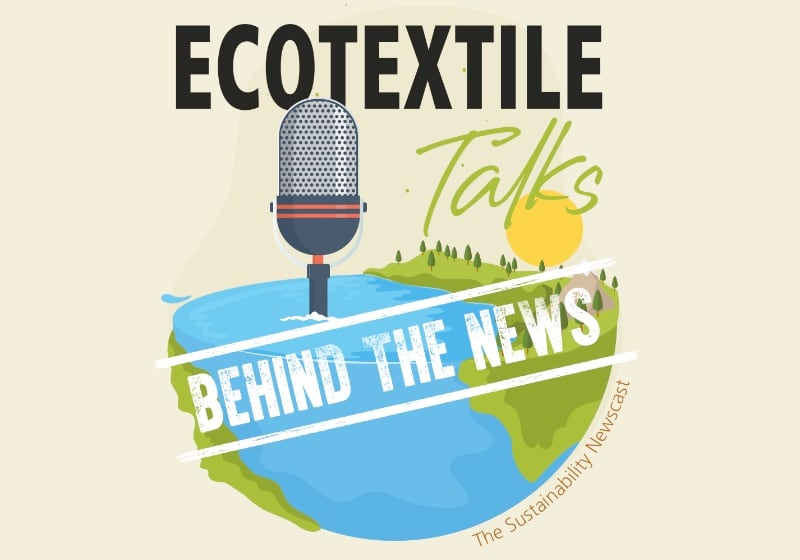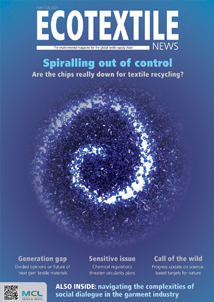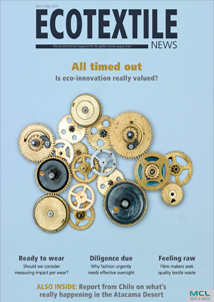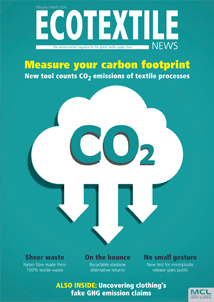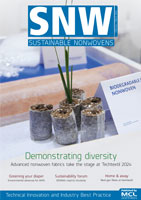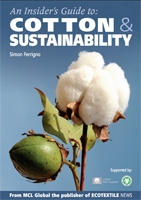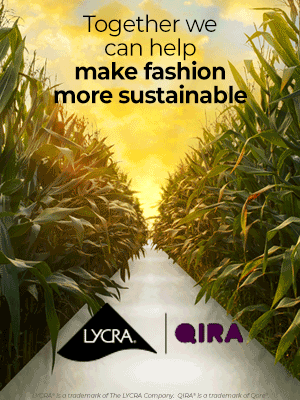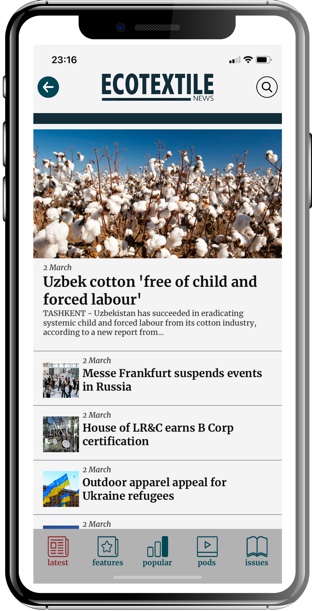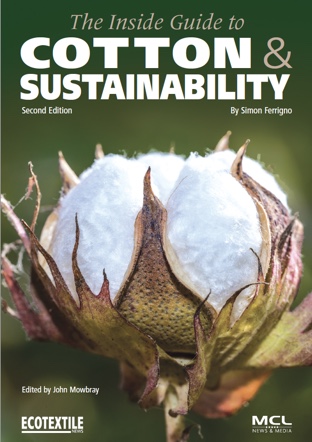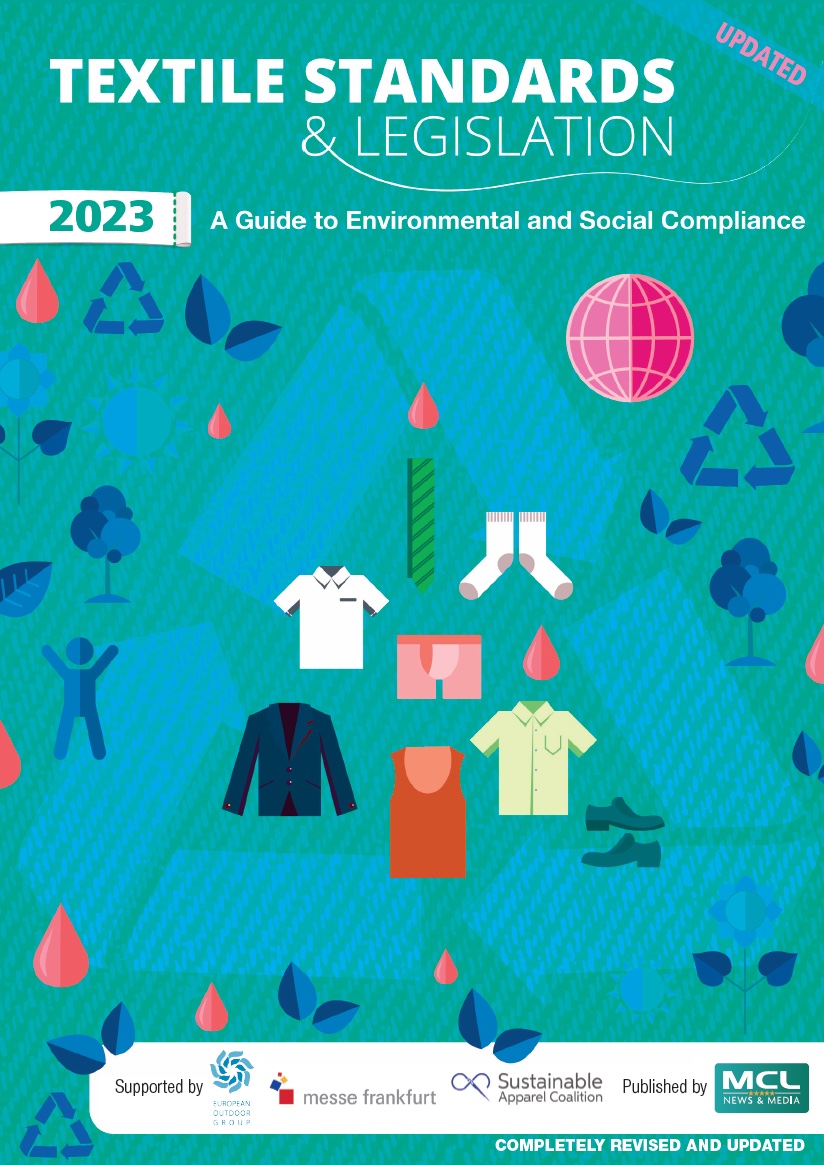WAKEFIELD – In our latest Ecotextile Talks podcast, Philip Berman catches up with John Murphy, Hohenstein’s technical director for Europe, for an update on the company’s testing and certification process for its new Oeko-Tex organic cotton standard that was launched in April.
The new testing procedure has been created to verify the labelling of organic cotton textiles, but with additional criteria that meets with the stringent Oeko-Tex Standard 100. It claims to ensure that cotton samples contain less than 10% genetically modified material, comply with limits on hazardous chemicals including pesticide residues and guarantees its organic origin down to farm level.
Asked why he thinks the cotton industry needs a new organic label certification process, Murphy suggests that as the demand for organic has grown rapidly, so has the need to ensure that the labelling is reliable, particularly for consumers.
“We saw a need from the industry for a new independent label for organic cotton,” he tells Ecotextile Talks, explaining that Hohenstein took its time to develop the process to make sure of its integrity and that it was trustworthy.
In addition to the qualitative DNA analysis of the sample material (i.e., does a product contain genetically modified cotton, yes or no?), Murphy notes that a second important step involves quantification – determining the proportion of genetically modified cotton in a sample. The aim, he says, is not only to check production, but also to make sure the raw material is traceable throughout the supply chain.
The result is a quantitative method of GMO testing, which, for the first time he says, allows for differentiation between contamination and purposeful addition of conventionally grown cotton.
Pressed on the feasibility of this process, Murphy raises an important point around the delineation between contamination, which maybe is accidental, and that which is purposeful and potentially verging on the fraudulent. Asked how the testing manages to differentiate between those two processes, he clarifies that there is always slight contamination with cross-flying lint in production. “We’re not trying to eliminate cross contamination – that’s very, very difficult,” he says. “What we are trying to eliminate is suppliers who may dilute the organic cotton with conventional cotton to try to increase volumes and this test will differentiate between accidental contamination and genuine contamination.
“We’ve set limits of less than 10% for accidental contamination. We’ll look at this limit which has been set for now and see how relevant it is over time.”
Subscribe to our podcasts and radio shows by following us on Apple, Google, Spotify and Amazon Music, to automatically get alerts when we launch a new Ecotextile Talks Behind the News podcast.







